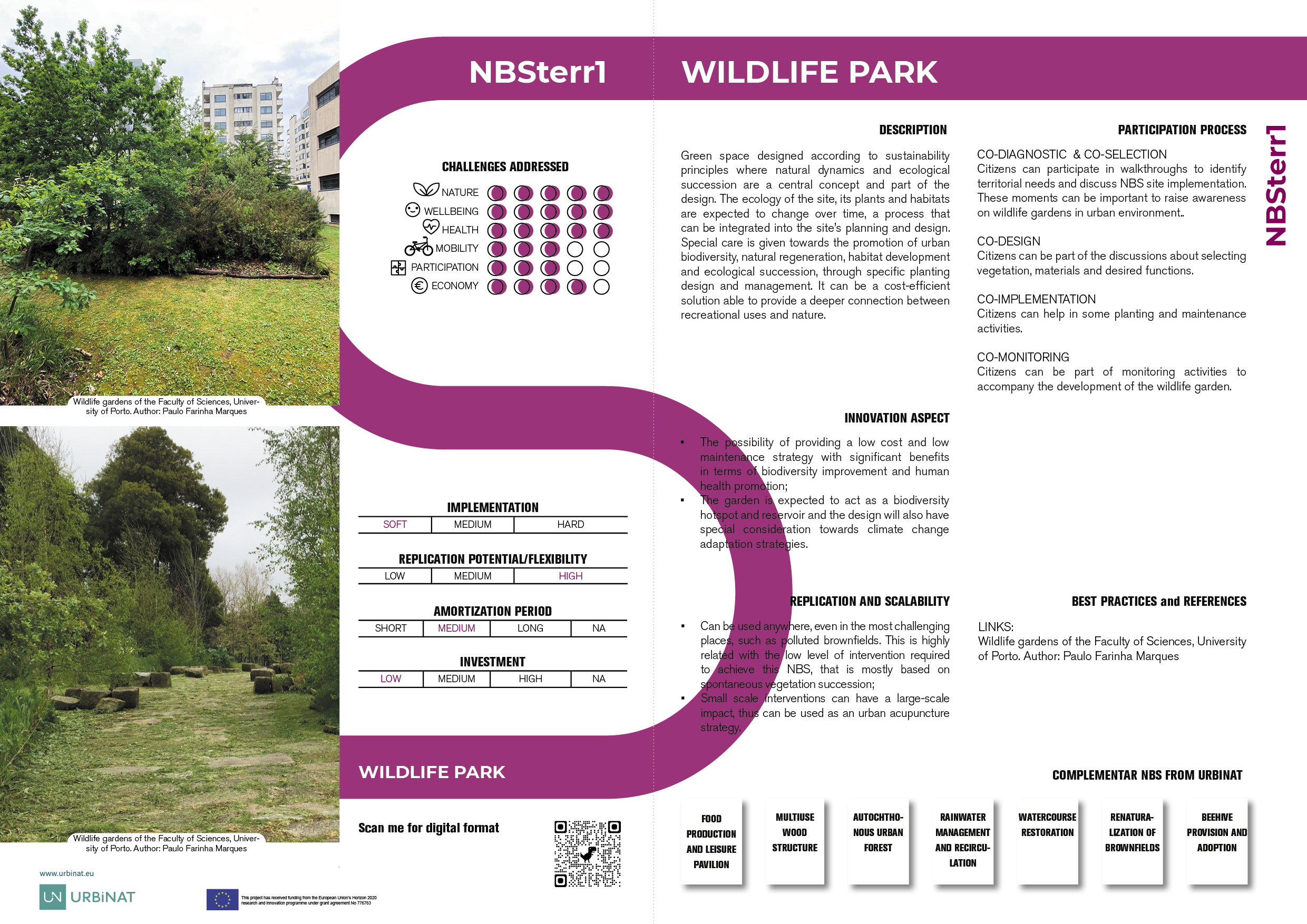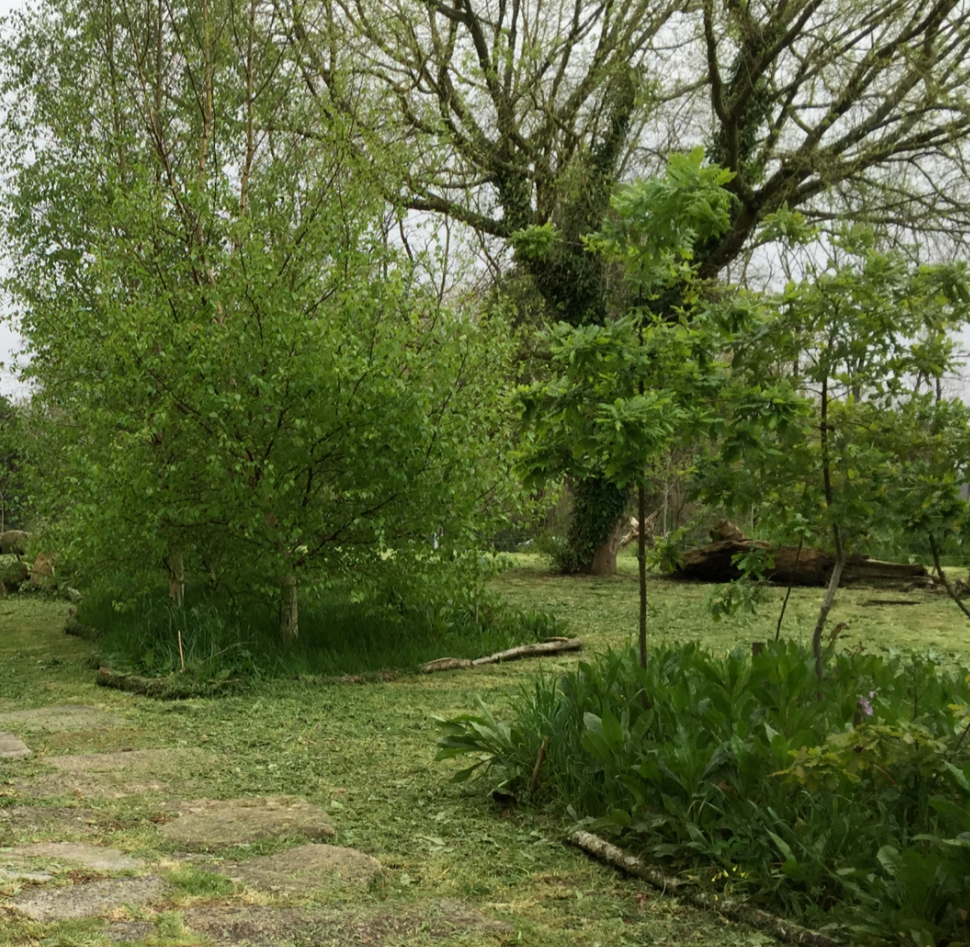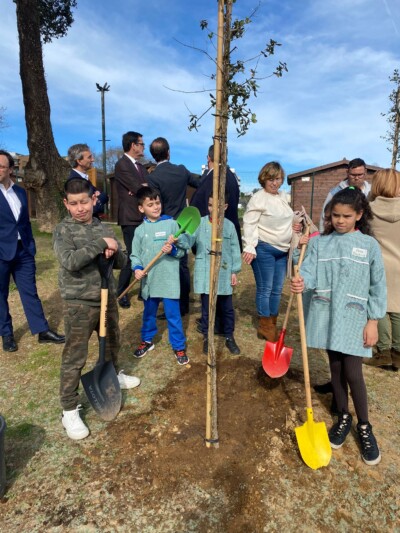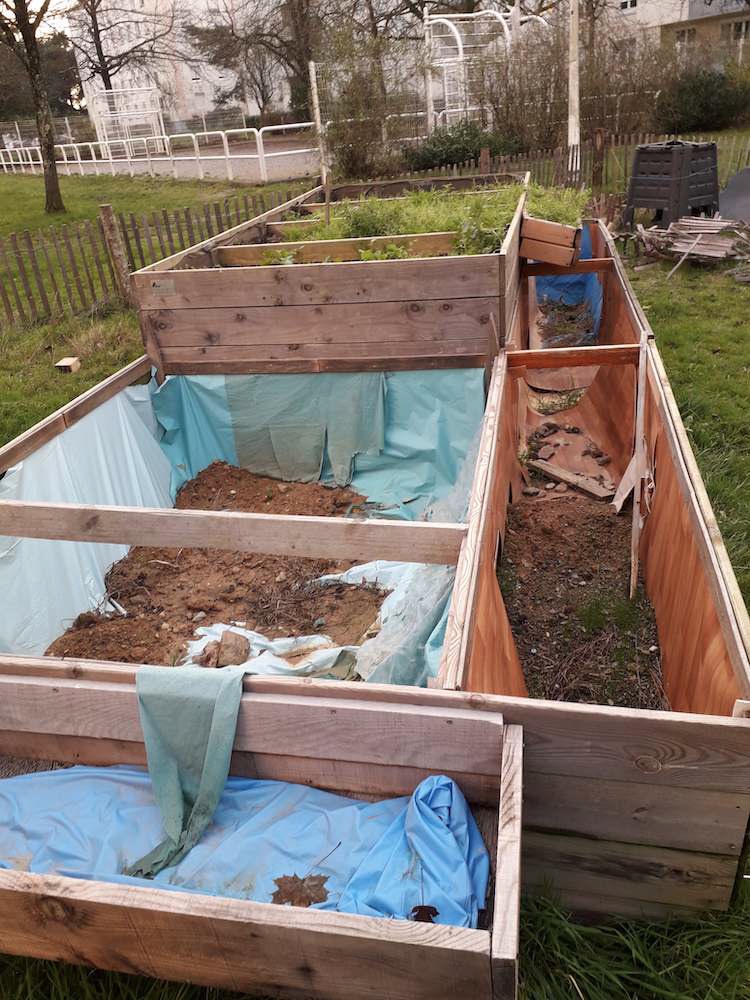Wildlife Park / Urban Park / Urban Wetlands
CHALLENGES ADDRESSED
Score impact
Nature
Wellbeing
Health
Mobility
Participation
Economy
DESCRIPTION
Green space designed according to sustainability principles where natural dynamics and ecological succession are a central concept and part of the design. The ecology of the site, its plants and habitats are expected to change over time, a process that can be integrated into the site’s planning and design. Special care is given towards the promotion of urban biodiversity, natural regeneration, habitat development and ecological succession, through specific planting design and management. It can be a cost-efficient solution able to provide a deeper connection between recreational uses and nature.

[PDF Download] Wildlife Park
Green space designed according to sustainability principles where natural dynamics and ecological succession are a central concept and part of the design. The ecology of the site, its plants and habitats are expected to change over time, a process that can be integrated into the site’s planning and design. Special care is given towards the promotion of urban biodiversity, natural regeneration, habitat development and ecological succession, through specific planting design and management. It can be a cost-efficient solution able to provide a deeper connection between recreational uses and nature.
INNOVATION ASPECT
- The possibility of providing a low cost and low maintenance strategy with significant benefits in terms of biodiversity improvement and human health promotion;
- The garden is expected to act as a biodiversity hotspot and reservoir and the design will also have special consideration towards climate change adaptation strategies.
REPLICATION AND SCALABILITY
- Can be used anywhere, even in the most challenging places, such as polluted brownfields. This is highly related with the low level of intervention required to achieve this NBS, that is mostly based on spontaneous vegetation succession;
- Small scale interventions can have a large-scale impact, thus can be used as an urban acupuncture strategy.
PARTICIPATION PROCESS

-
1
CO-DIAGNOSTIC & CO-SELECTION
Citizens can participate in walkthroughs to identify territorial needs and discuss NBS site implementation. These moments can be important to raise awareness on wildlife gardens in urban environment.
-
2
CO-DESIGN
Citizens can be part of the discussions about selecting vegetation, materials and desired functions.
-
3
CO-IMPLEMENTATION
Citizens can help in some planting and maintenance activities.
-
4
CO-MONITORING
Citizens can be part of monitoring activities to accompany the development of the wildlife garden.





